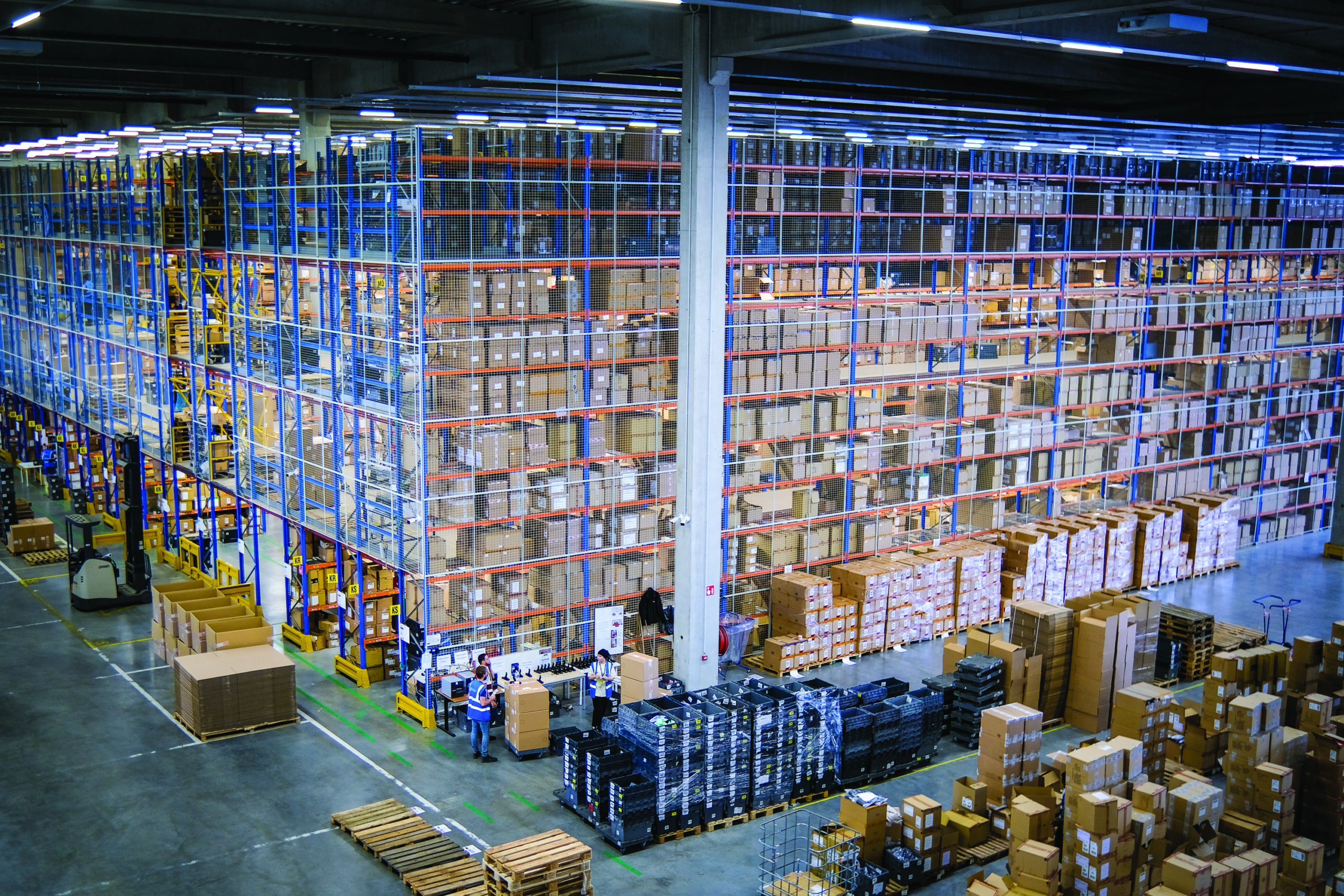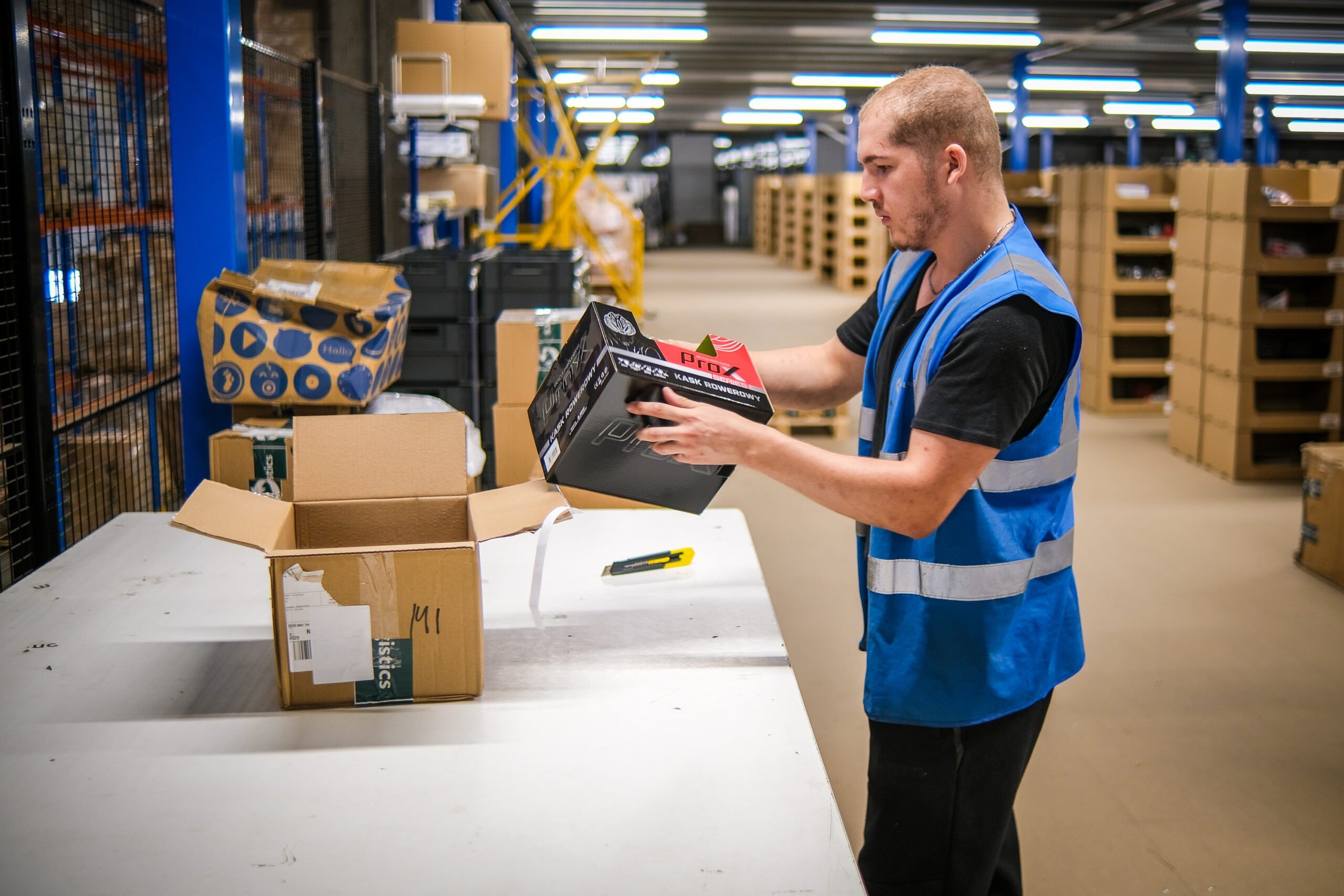Are you an exporter or importer? Then you make arrangements with your foreign business partner about the transport of the goods. By agreeing on Incoterms, you know which of the two is responsible for arranging the transport and who pays the transport costs. And who bears the transport risk.
What are incoterms?
Incoterms are international commercial terms. Incoterms describe all the tasks, risks and costs involved in the transaction of goods from seller to buyer.
First published in 1936, these terms are a set of 11 rules defining who is responsible for what happens during international transactions/transports. The incoterms were drafted by the International Chamber of Commerce. They are revised every 10 years. The last set dates from 2020.
Why are incoterms important?
Incoterms are known and accepted worldwide, from Canada to Zanzibar. They are a requirement for any commercial invoice and reduce the risk of potentially costly misunderstandings.



